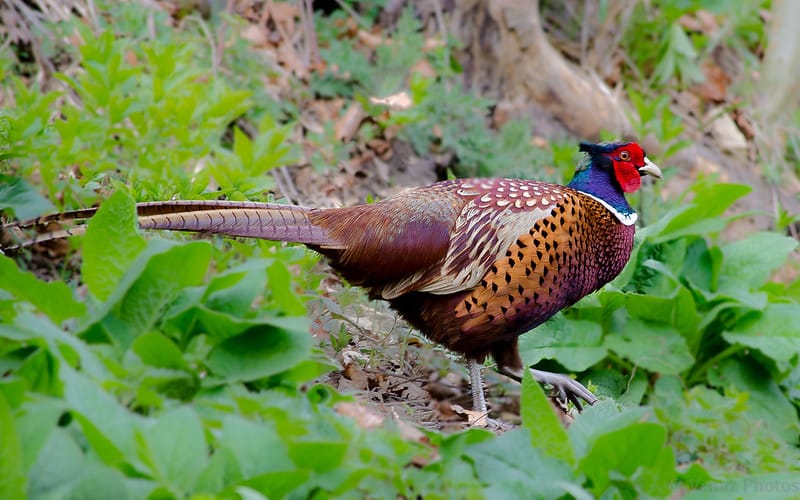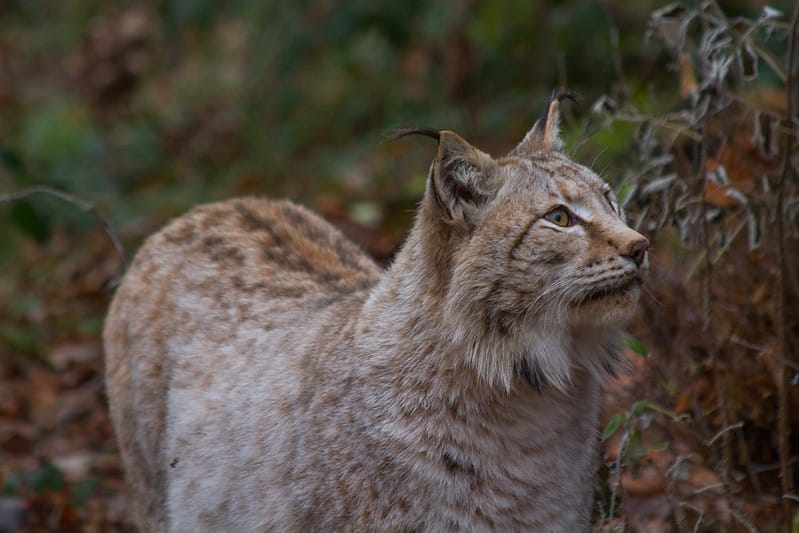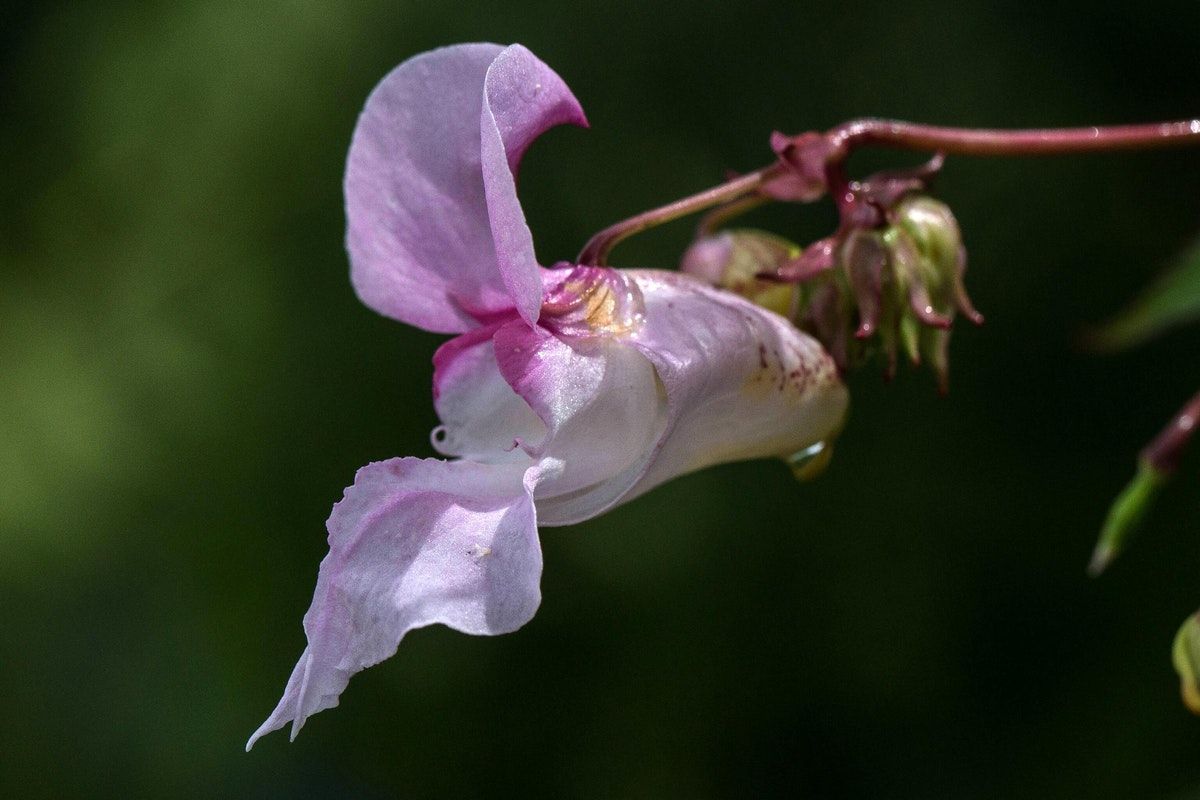
Is it time to rethink the language around 'non-native' species?
The way we talk about introduced plants and animals stinks of xenophobia.
There is a darkness to the language of ecology.
Non-native species are repeatedly described using the same xenophobic language often used to describe migrants: they are framed as dangerous invaders, uncontrolled and aggressive, and a threat to a country’s rightful native flora and fauna.
Concerns around eco-fascism and the language surrounding non-native species are not new; the debate stretches back decades. Critics have argued that the way we talk about newly introduced species betrays a preference for purity that often extends to humans.
“For anyone who is an immigrant or is familiar with the immigration process, the rhetoric is unmistakable,” wrote Banu Subramaniam, a social scientist at the University of Massachusetts, in 2001.
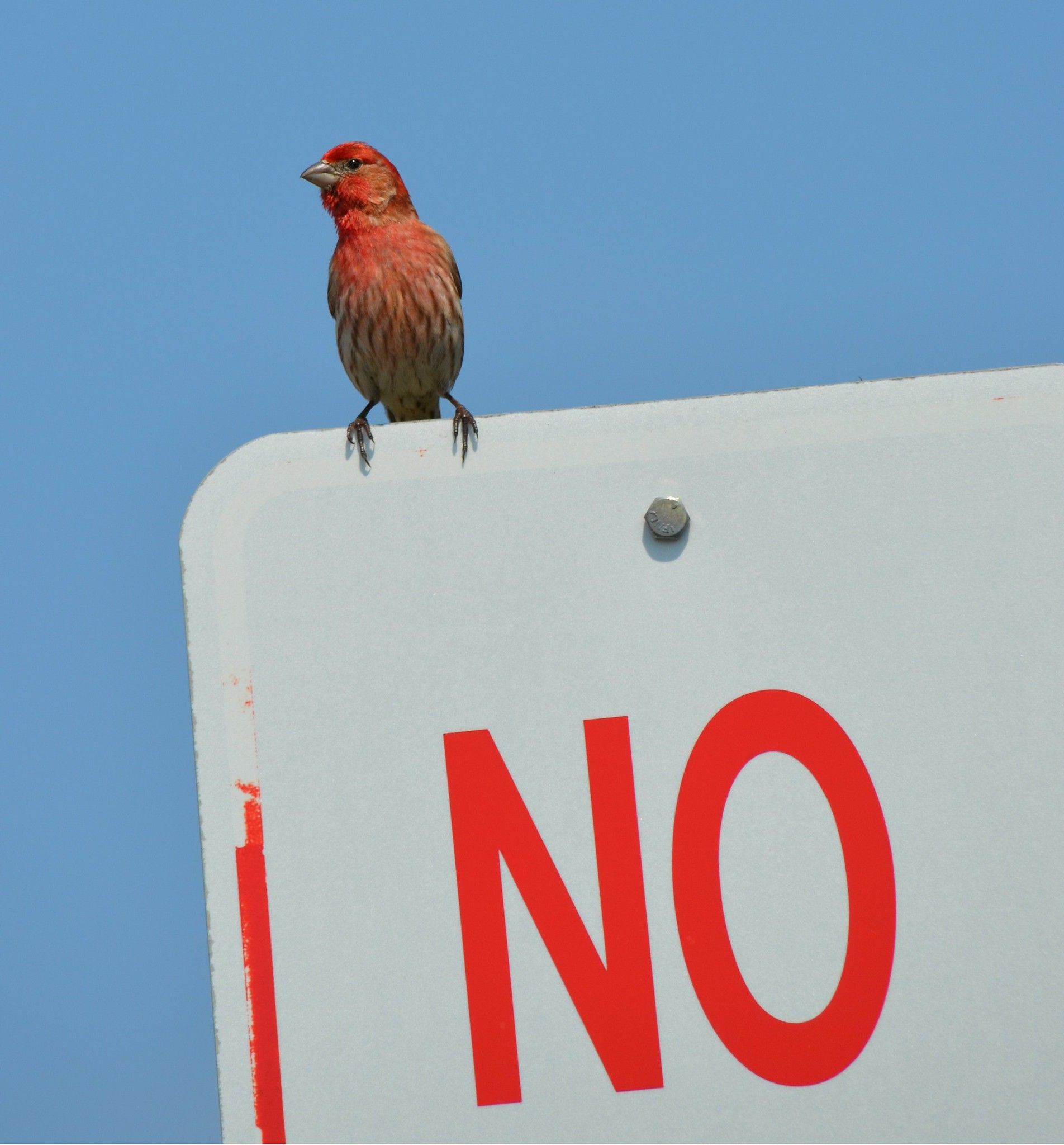
The link between the language of non-native species and anti-foreigner rhetoric is more than an unfortunate coincidence of linguistics.
Across the 20th century, there are various examples of native species being promoted by individuals or political regimes because they were regarded as inherently superior. For instance, in 1941, the Nazis began working on a Reich Landscape Law to exterminate botanical “invaders” (though the war ended before it was passed).
Most examples are not this egregious; but the consequences of using this kind of language can be problematic even when the individual’s motive isn’t explicitly racist.
For instance, the language of invading foreigners is an effective way of persuading Americans to support species eradication programmes, argued William O’Brien, a professor of environmental studies at Florida Atlantic University, in a 2006 study.
“Some of the more strident rhetoric in the anti-exotics ‘campaign’ explicitly presents biological change in terms of military operations, presents exotics invasions as a national or even global security threat, and suggests that the appropriate reaction to such a foreign invasion is a military response,” he wrote.
The UK government drew on this militaristic language in May, when it confirmed that it was exploring the idea of establishing a “Citizens’ Army” to monitor invasive species and improve “biosecurity”.
But here’s the complicating factor: many non-native species do cause genuine damage to the environment – and their numbers are increasing.
“Livestock diseases are known to be carried by invasive ticks and mosquitos. The ash dieback epidemic, caused by a non-native fungus, is predicted to kill half of the UK’s native ash trees with a cost of £15 billion over the next 100 years. Invasive plants can also affect the physical environment and ecosystem function… A small proportion of non-native species established in the UK harm human health,” reported a recent parliamentary enquiry into non-native and invasive species.
Furthermore, it is clear that there is still an attachment to native species in the UK, for both sentimental and ecological reasons, and that non-native plants are often regarded, unquestioningly, as inferior – just look at the passionate discussions around ancient woodland, rewilding, and wildflower seed mixes.
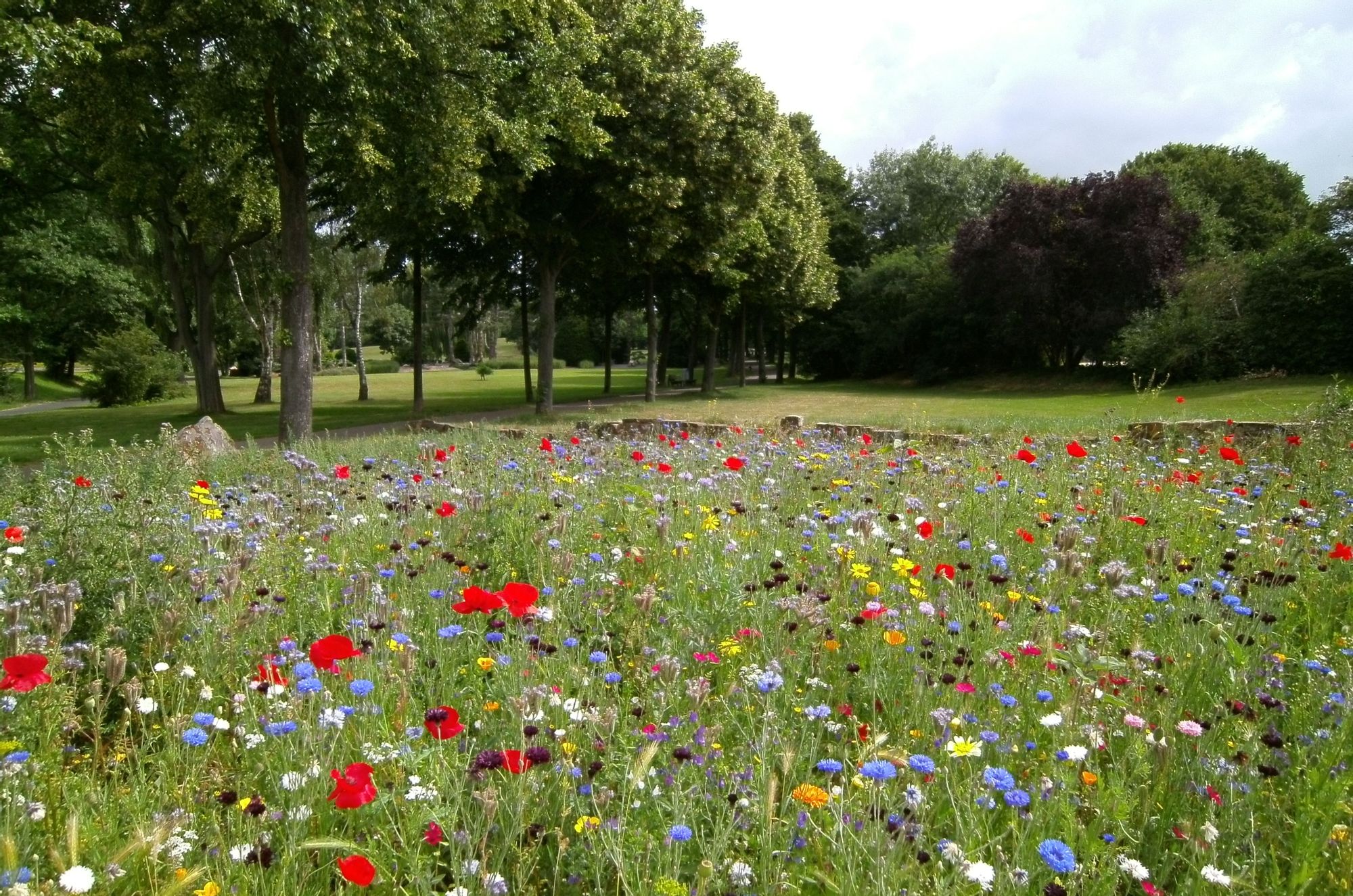
It’s a subject we need and want to talk about. So how can we improve the conversation?
It’s important not to lose sight of some simple facts: not all non-native species are invasive or harmful, while some native species can be invasive or harmful. The presence of predators such as crows and foxes, for instance, can reduce curlew populations. Moral binaries do not exist in nature, despite heavy lobbying from children’s storybooks (“On islands, Mrs Tiggy-Winkle goes berserk,” pointed out Dan Eatherley in his recent book, Invasive Aliens).
The division between native and non-native is not necessarily clear-cut. Nature is dynamic, and species have always been border-hoppers. Nostalgic visions of an earlier Eden, where everything existed in its rightful place, are pure fantasies that dismiss the huge influence that indigenous people have had on the environment. While invasions have certainly proliferated with globalisation, nature has never been static and is rarely free from human influence.
But let’s not ignore the more difficult point: introduced plants can and do harm native species. Is there a way of addressing this without drawing on xenophobic tropes? No one is suggesting that we ignore these ecological problems, but rather that they are reframed in less inflammatory language (using the word “introduced” rather than “non-native” may be a good start).
“Does this mean that wildlife managers should let menaces such as feral pig and invasive goat populations skyrocket? Certainly not,” wrote Jonah Peretti in 1998 in an oft-cited paper. (Peretti is now better known as the CEO of BuzzFeed.) But he adds that conservationists need to question whether all invaders need to be eliminated or controlled. “If peaceful coexistence in a multicultural society is a good goal for humans, why not for other species?”
Peretti’s solution is to create a field called “mixoecology”, where economic resources are used to help mixed ecosystems thrive by eliminating some species and perhaps introducing new ones into empty ecological niches. However, that doesn’t tackle the issue of how to improve casual dialogue – and perhaps the occasional newspaper headline.
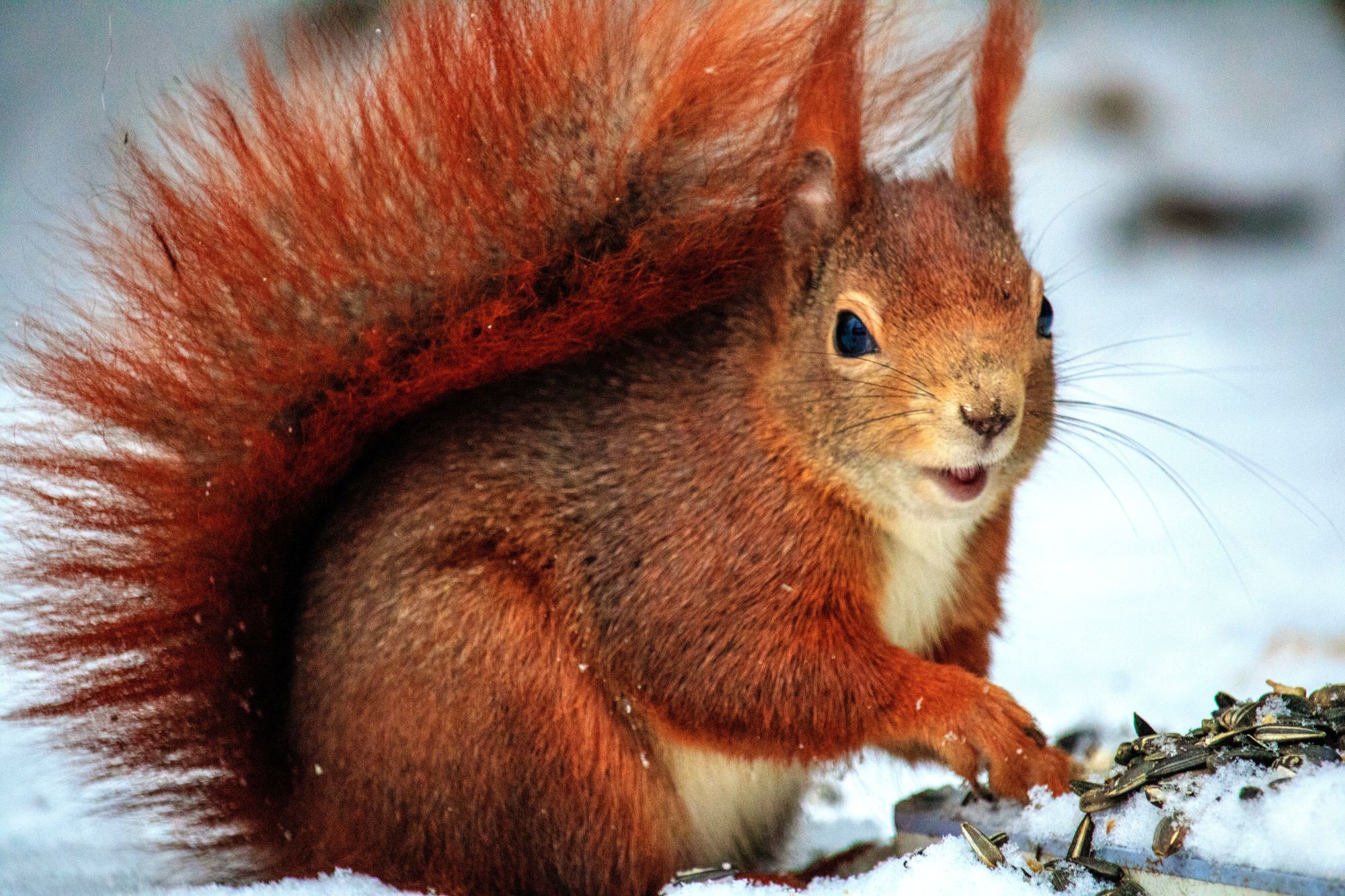
Other critics have suggested that the debate could be improved by recasting the non-native species in language that suggests imperialists or colonists rather than immigrants. An effective analogy could be drawn between the “European near-exterminations of the indigenous human populations of North America” and “the ecological devastation wrought by exotic feral pigs in Florida or Hawaii,” wrote O’Brien.
The tide is already turning. In the past few years, there has been a raft of books that have launched spirited defences of introduced species. Rather than degrading the environment, these plants and animals could be the survivors that will ensure that nature as a whole continues to thrive even as humanity trashes the Earth.
“Might we need the go-getter, can-do aliens? In fact, might their success be a sign of nature’s resilience in the face of the considerable damage humans have done to the planet?” wrote the environmental journalist Fred Pearce in his 2015 book, The New Wild. “My conclusion is that mainstream conservationists are right that we need a rewilding of the Earth, but wrong if they imagine that we can achieve that by going backwards.”
Perhaps the problem is that conservationists are too used to pessimism. Just as human immigrants bring a wealth of benefits, so too do nature’s immigrants, wrote Chris Thomas, a biology professor at the University of York, in his 2017 book, Inheritors of the Earth.
“The diversity of forest trees and shrubs is increasing in the Alps of southern Europe, for example, because many more immigrant species have established new populations than native species have disappeared,” he wrote. “This is the norm – immigration usually increases the diversity of the recipient nation.”
For some people, these concerns may seem like a quirk of the language, the parallels a coincidence of ecology rather than a betrayal of any inner xenophobia, and certainly not a sign of racist or xenophobic tendencies on the part of an individual.
But language carries weight, and the phrases we choose can reflect societal prejudices, developed across decades. This is not about cleansing language or turning a blind eye to ecological harm, but reimagining the ways of talking about migrants to these shores. The natural world should never foster hate.
Image credits: Mark Robinson, nhoulihan, Mina-Marie Michell, Man Dy
Subscribe to our newsletter
Members receive our premium weekly digest of nature news from across Britain.
Comments
Sign in or become a Inkcap Journal member to join the conversation.
Just enter your email below to get a log in link.


